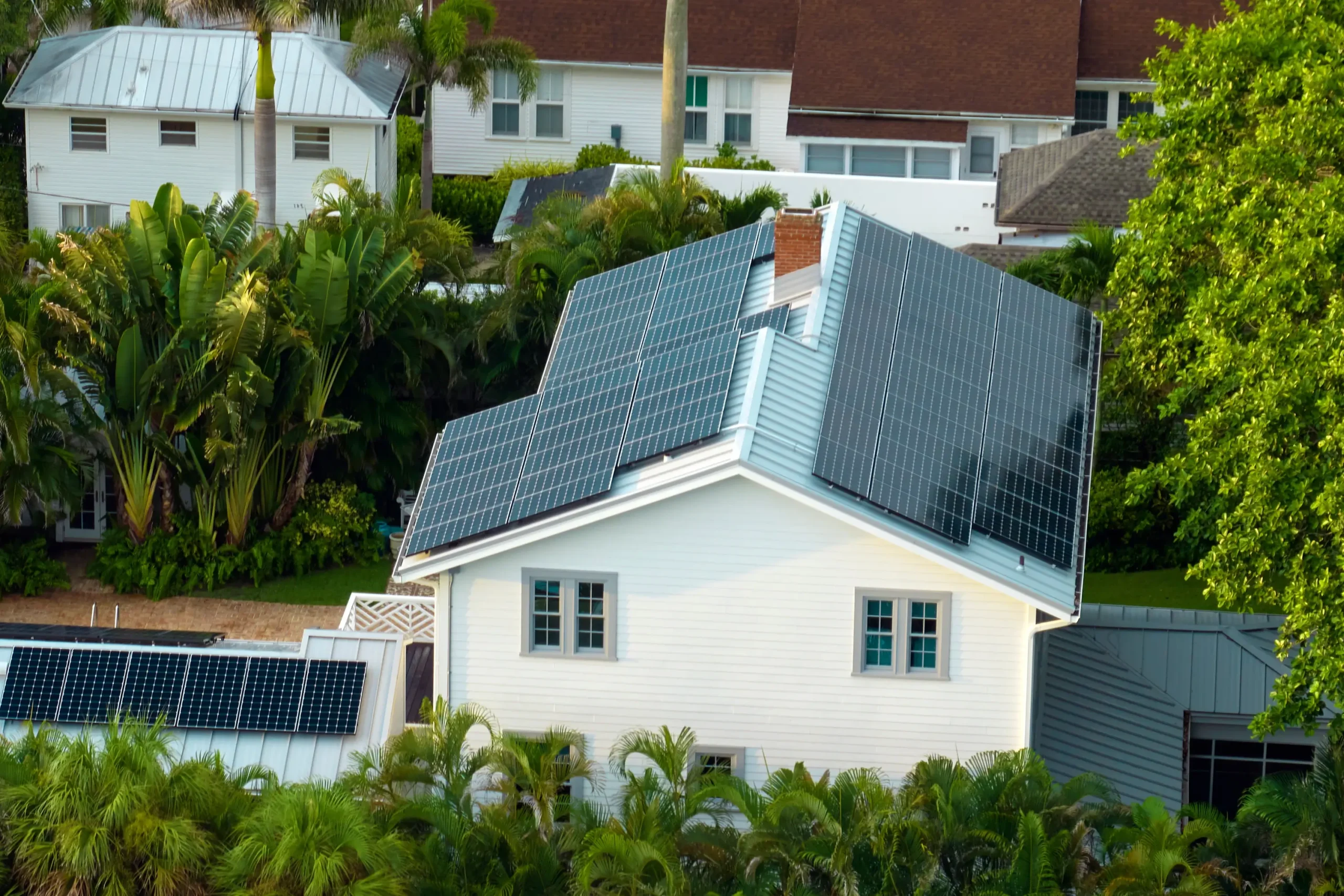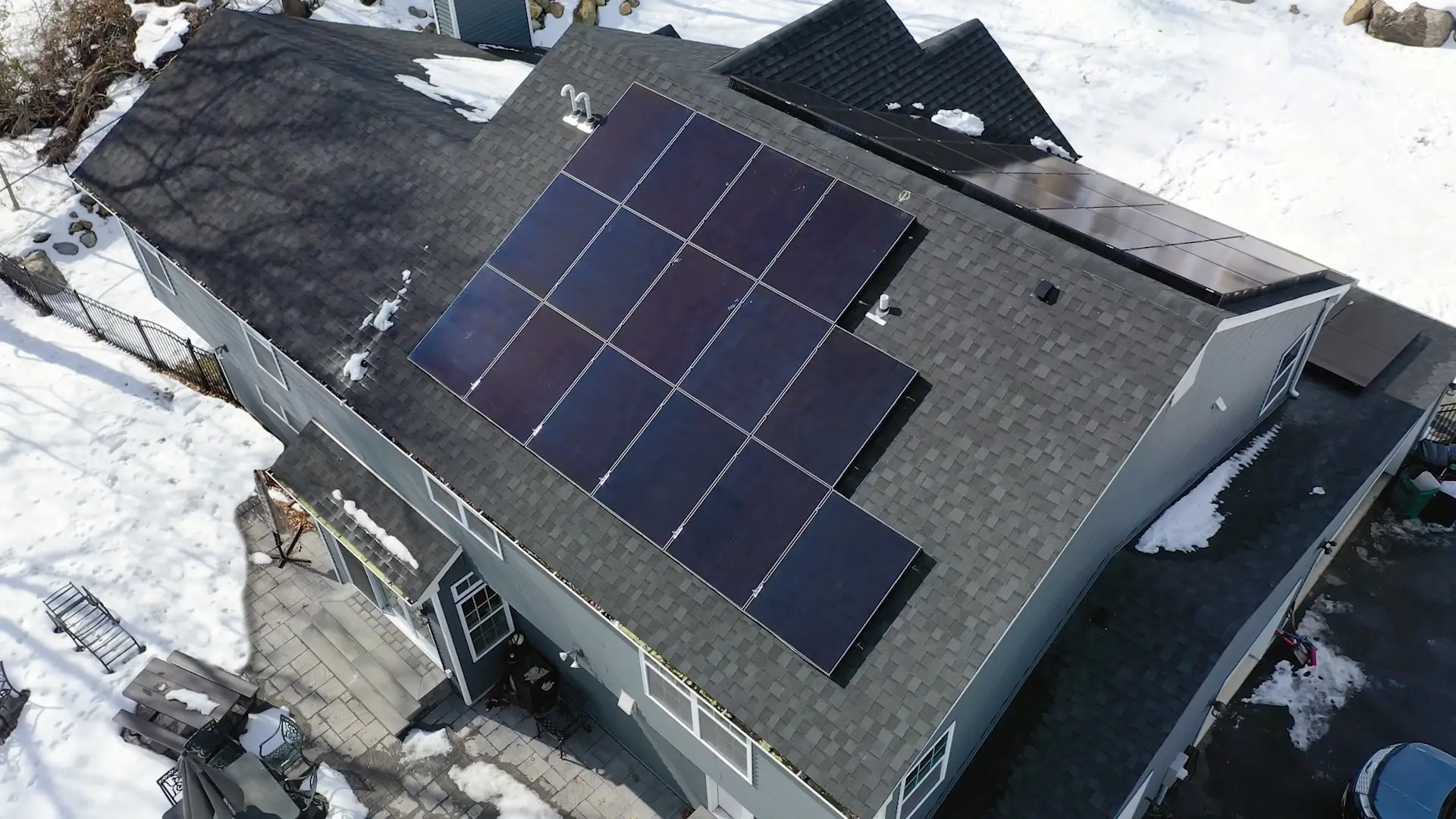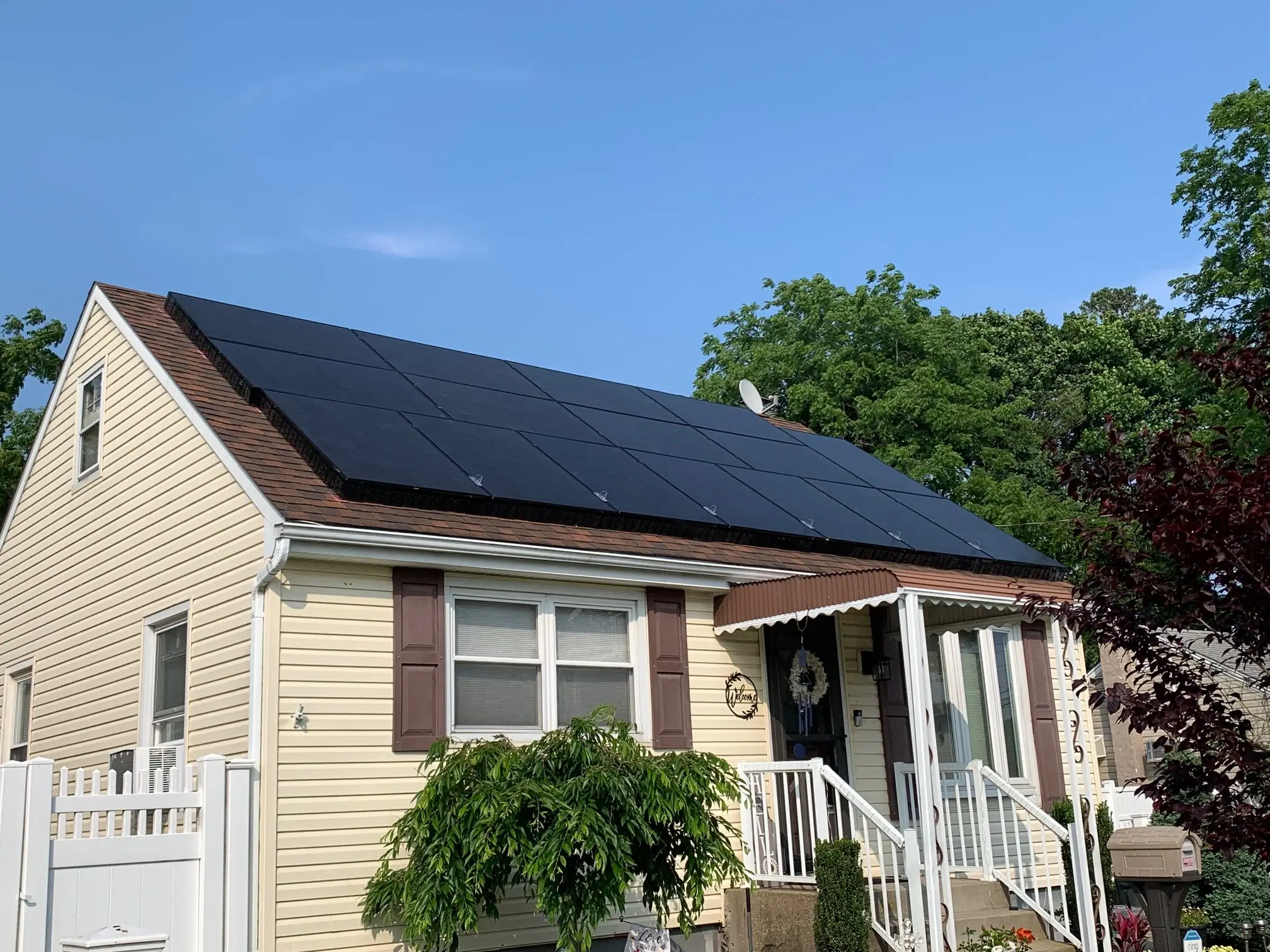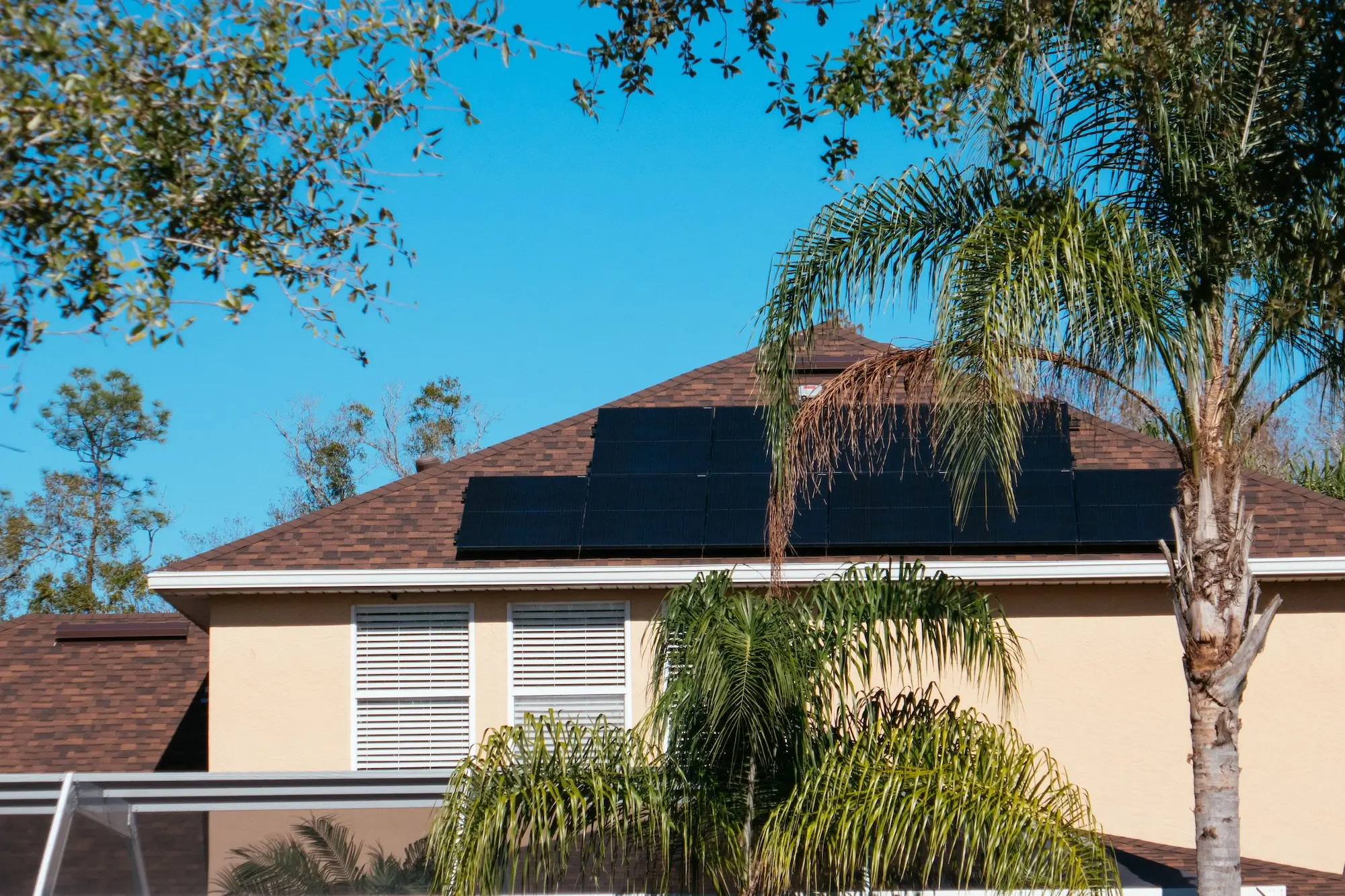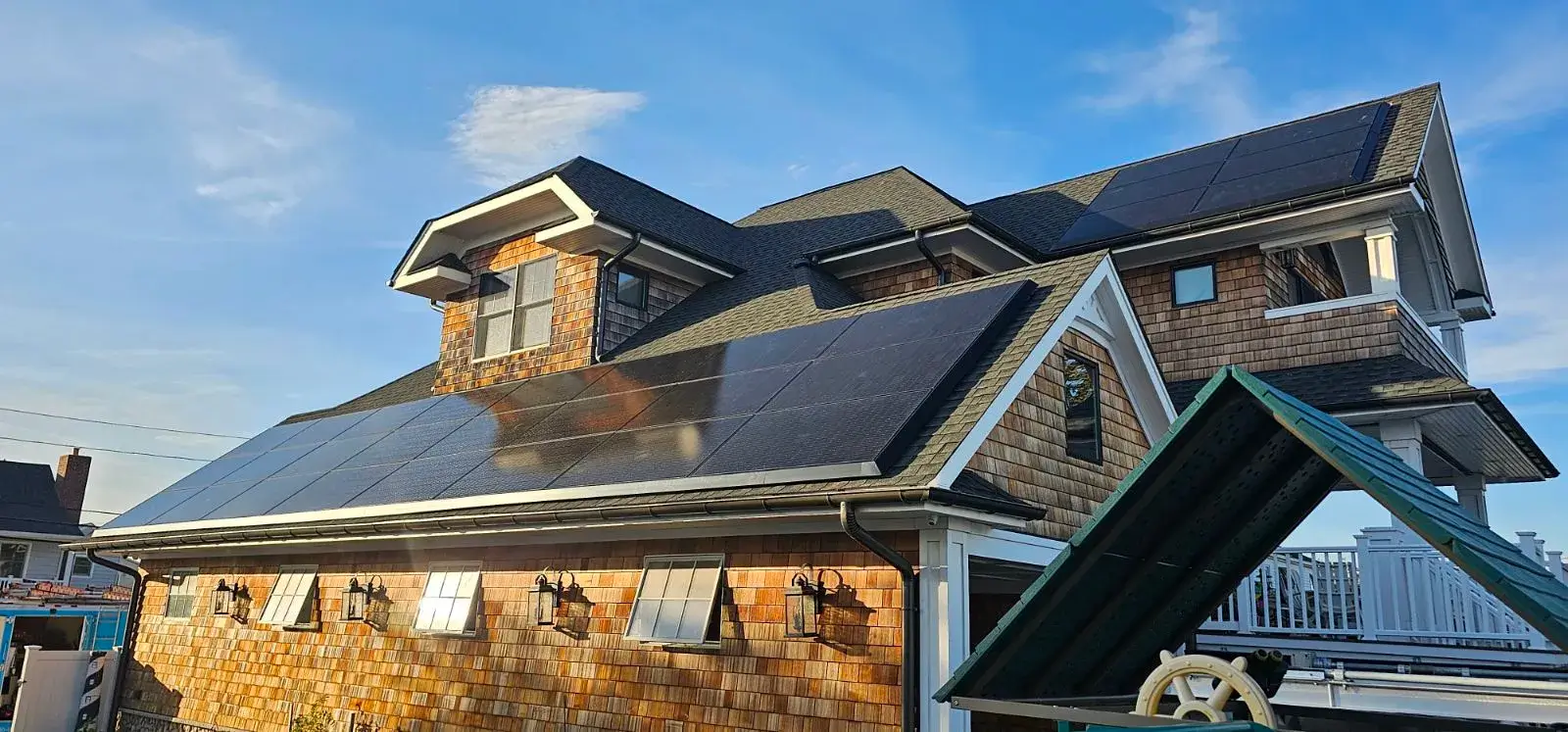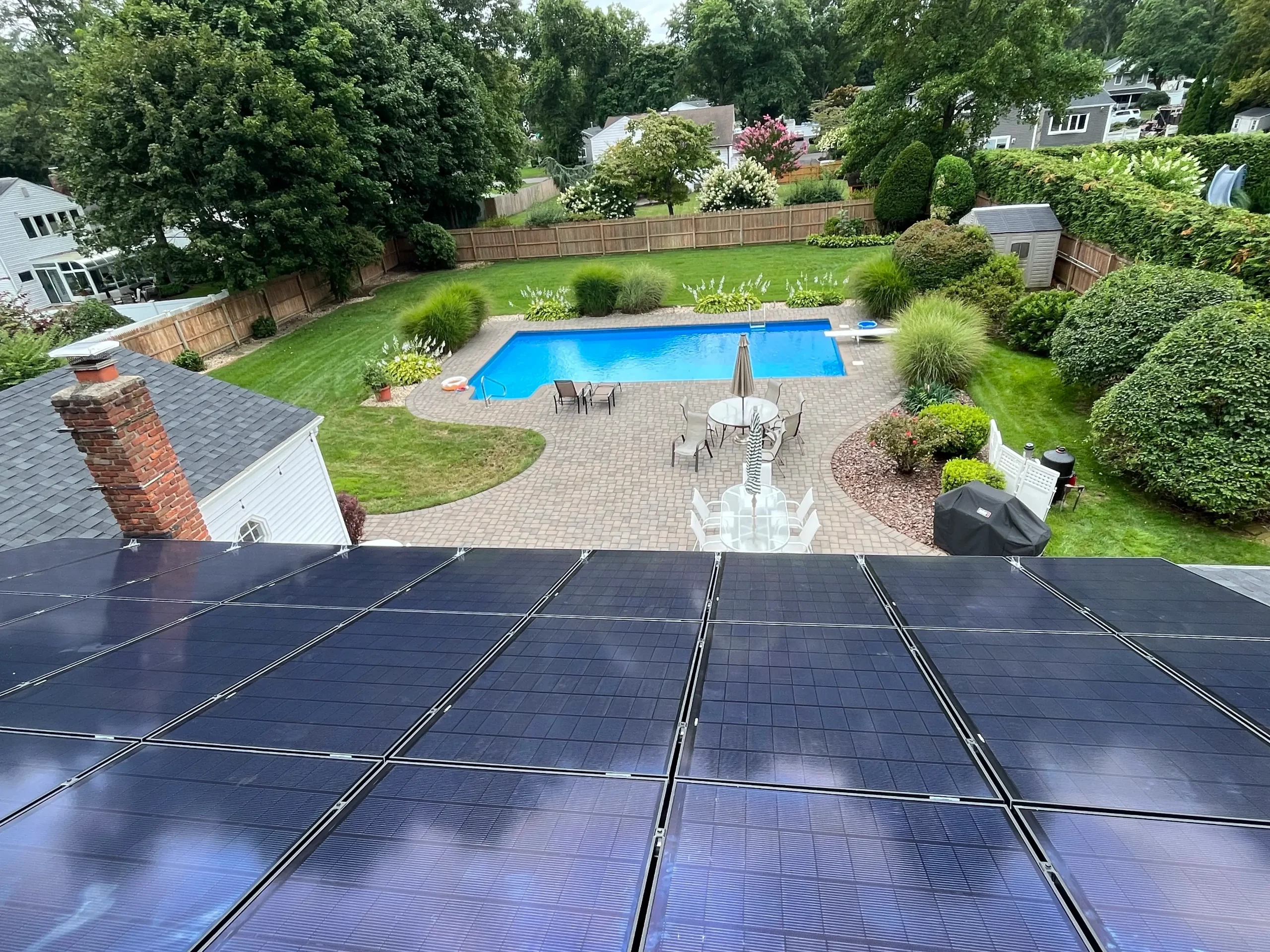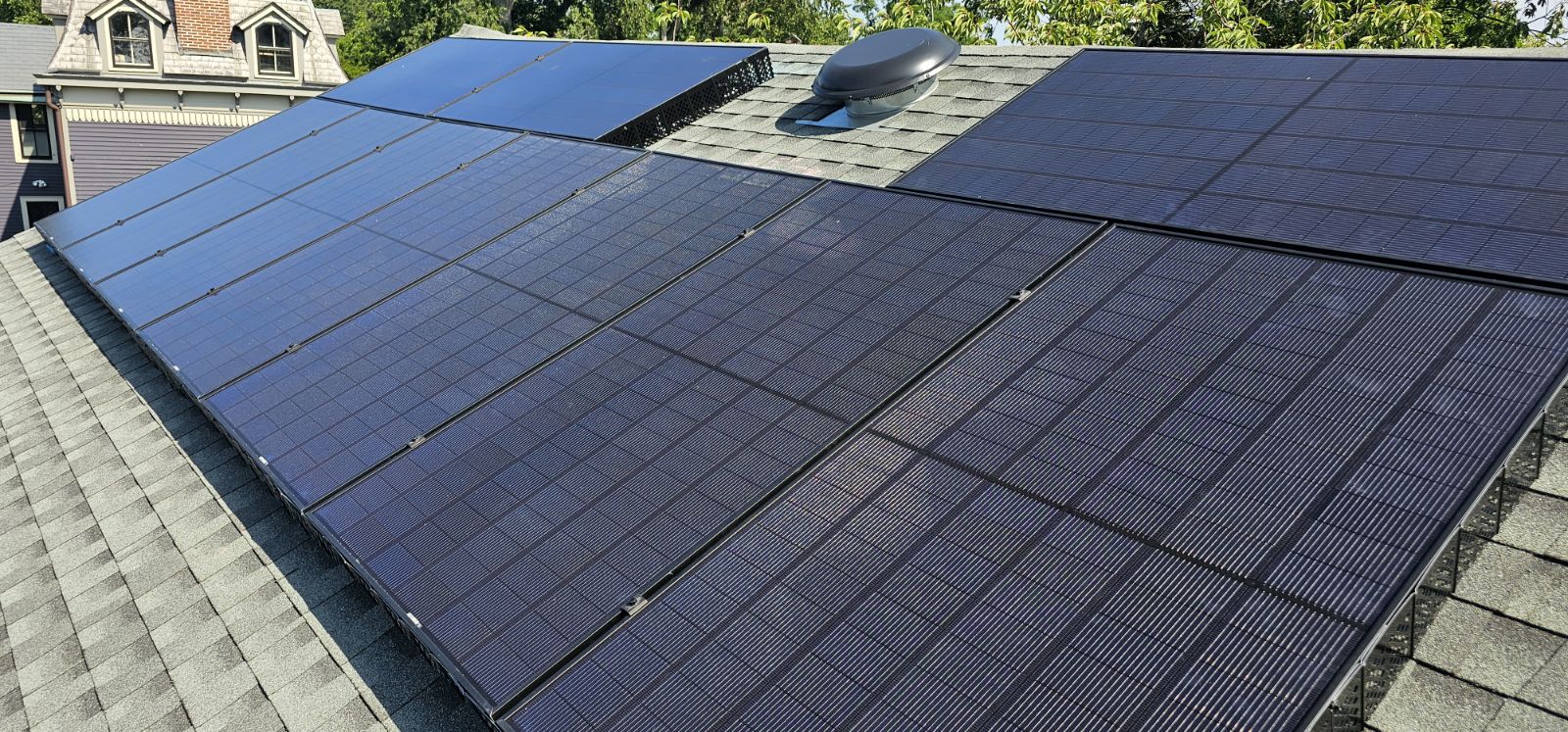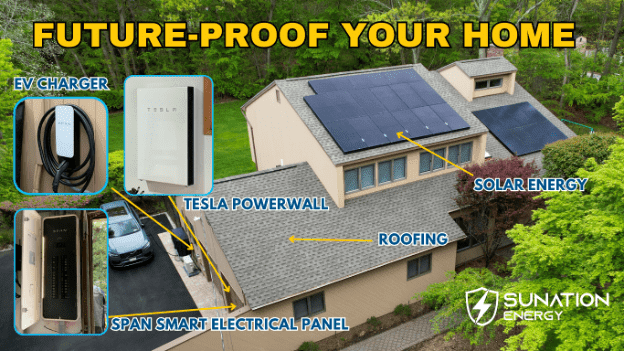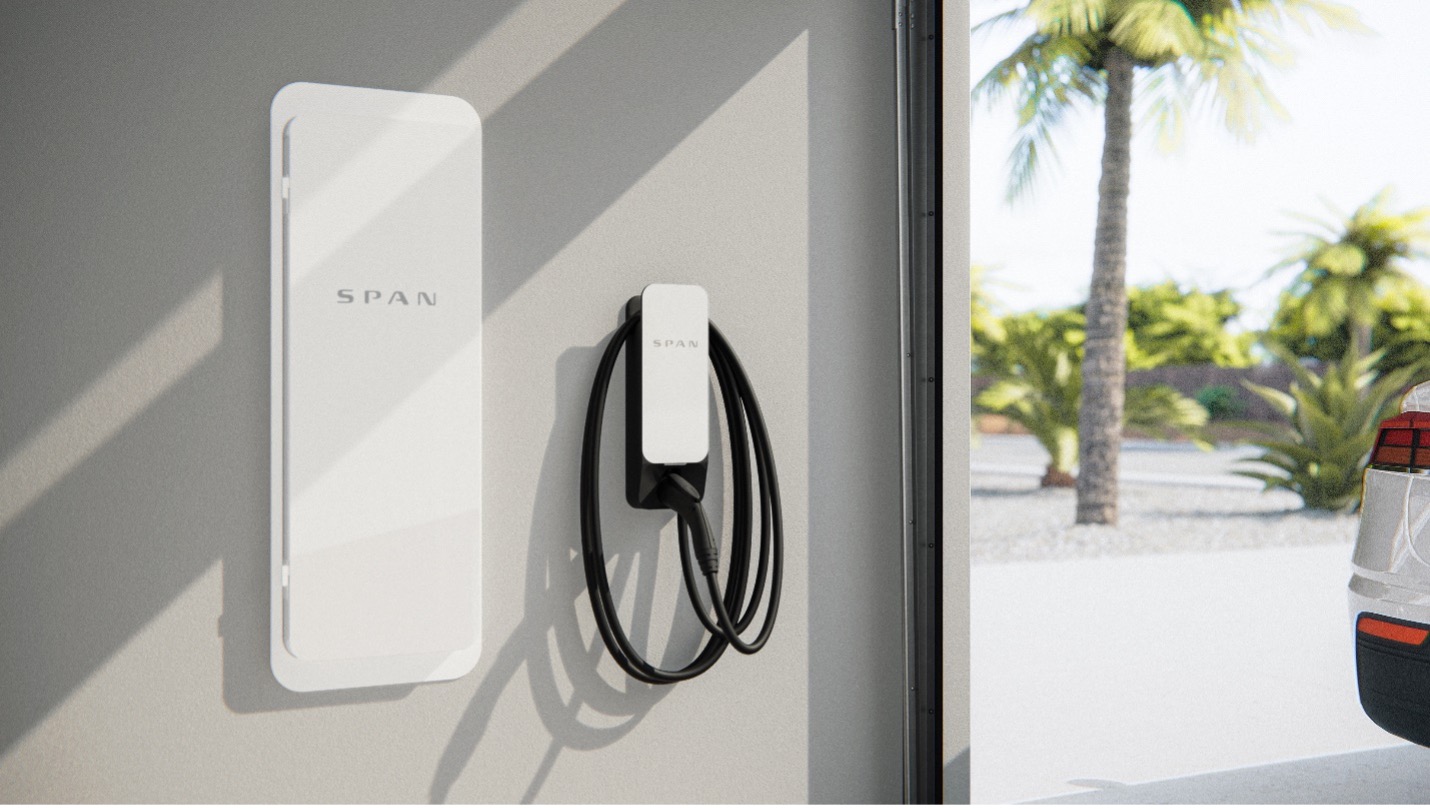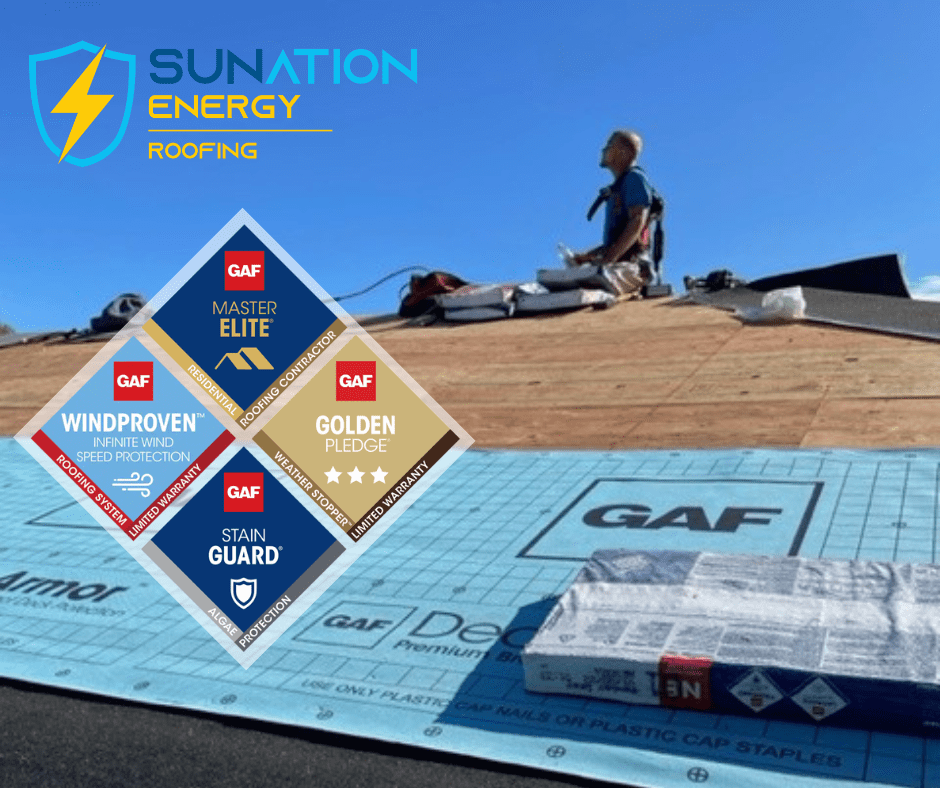Solar energy is undoubtedly gaining in popularity. Nowadays, countless households have switched to solar power, reaping all of the advantages offered by the sun’s natural energy. Not only is solar energy an environmentally friendly option for powering your home or business, but it also helps you save on utilities and, sometimes, even your taxes. Solar energy is becoming more and more common throughout the United States, but many people may not know exactly how solar power works. You don’t need to be a rocket scientist to understand how solar panels work, but it can get a little confusing. So, here’s a breakdown of how solar energy works and how solar panels work.
Solar Energy & Technologies
Did you know that solar energy is the cleanest and most abundant renewable energy source available? Solar is a very flexible energy technology, and the U.S. has some of the best and richest solar resources in the world. Solar power works by using energy from the sun and converting it into electrical energy. Solar technologies can harness this energy for a variety of uses, including generating electricity.
Solar Panels & The Photovoltaic Effect
A standard solar panel consists of a layer of silicon photovoltaics (PV) cells, a metal frame, a glass casing, and various wiring to allow a current to flow from the silicon cells. Solar panels work by absorbing solar radiation and converting it into usable energy through a process known as “the photovoltaic effect.”
Here’s how it works step-by-step:
- The PV cells absorb the sun’s energy and convert it to direct current (DC) electricity.
- DC electricity is converted into alternating current (AC) energy with the help of inverter technology.
- The AC energy flows through the electrical panel and is distributed accordingly.
- The solar inverter converts DC electricity from your solar modules to AC electricity, which is used by most home appliances.
- Electricity flows through your home, powering your electronic devices.
- Any excess electricity produced by the solar panels are fed to the electric grid.
The Anatomy of a Solar Panel
A typical solar panel has a glass casing that offers durability and protection for the silicon solar cells. Beneath the glass is a layer of insulation and a protective backsheet to protect the panel against humidity inside the panel. Finally, there is an anti-reflective coating that increases sunlight absorption.
Silicon solar cells are typically manufactured in two cell formations: monocrystalline or polycrystalline. Monocrystalline cells are comprised of a single silicon crystal, and polycrystalline cells are made up of fragments or shards of silicon. Monocrystalline formats provide more room for electrons to move around and therefore offer a higher efficiency solar technology than polycrystalline. However, monocrystalline is the more expensive of the two cell formation options.
Since 2003, SUNation Energy has helped thousands of Long Islanders install the highest quality and most durable residential solar and commercial solar panels. Let us show you how you can own your future and save money with your own solar panel system. Call us at 631-750-9454 today to schedule a consultation!

